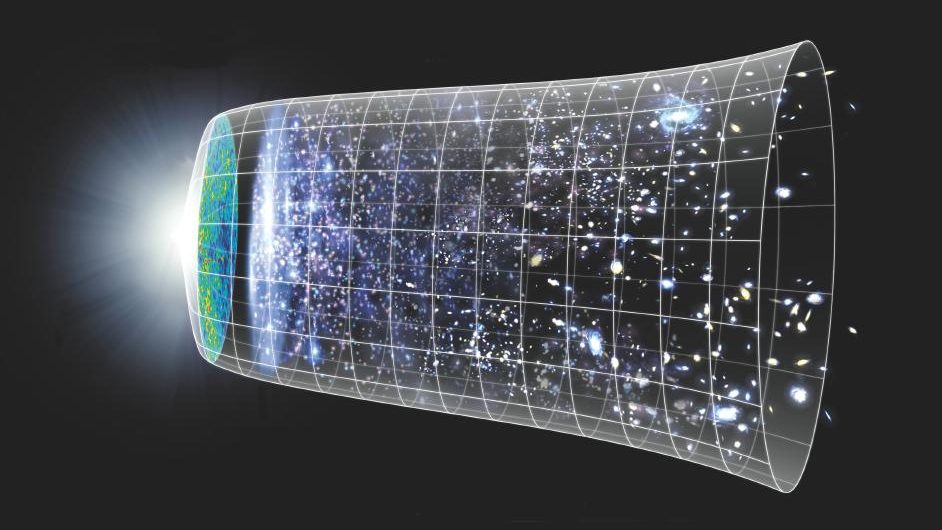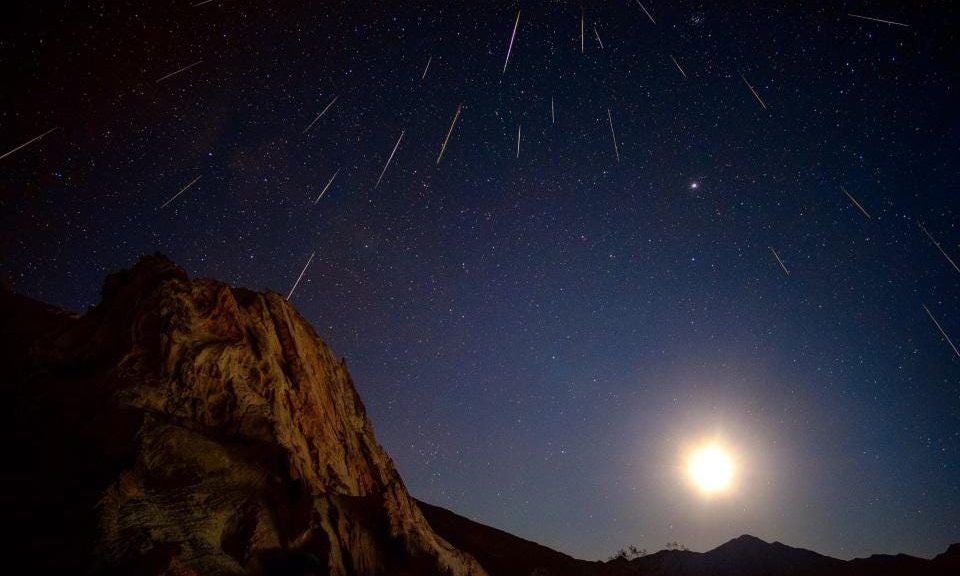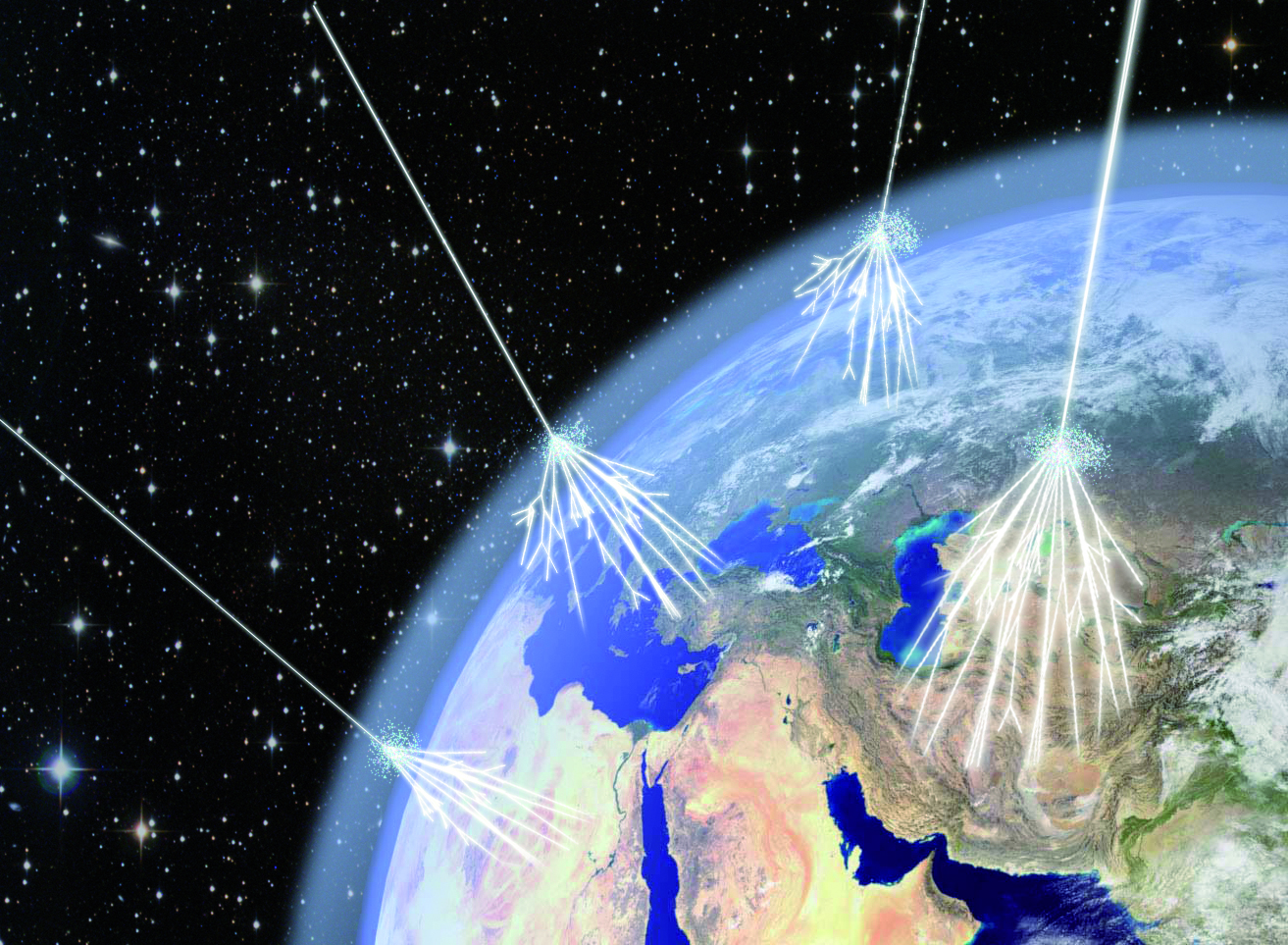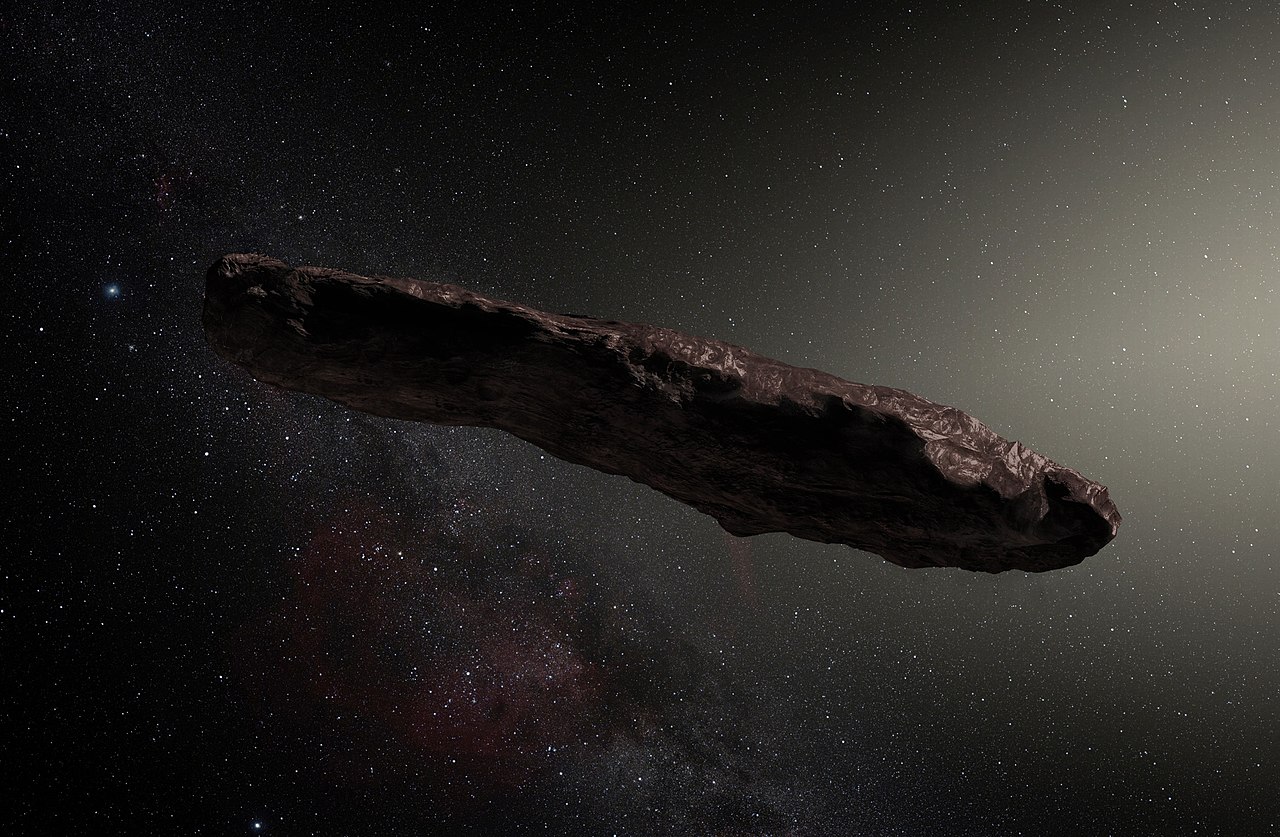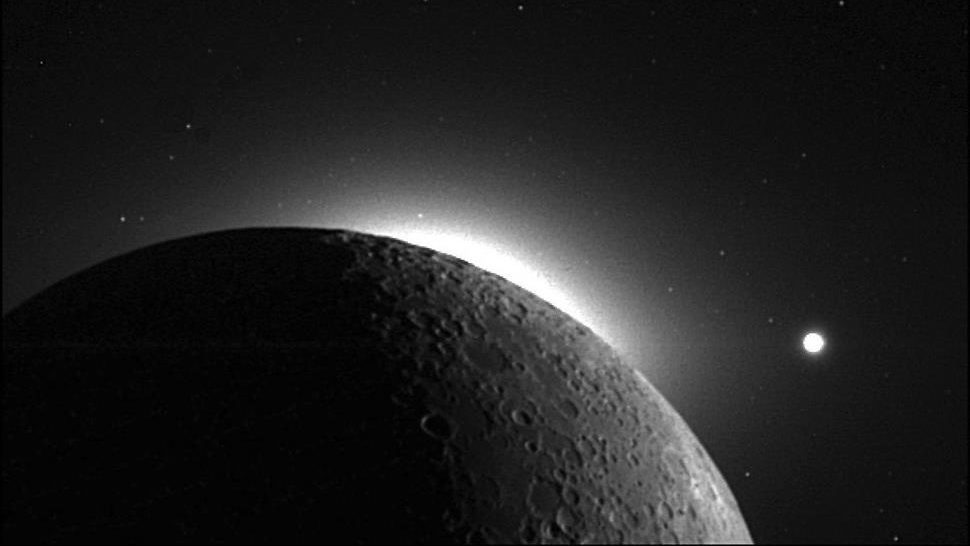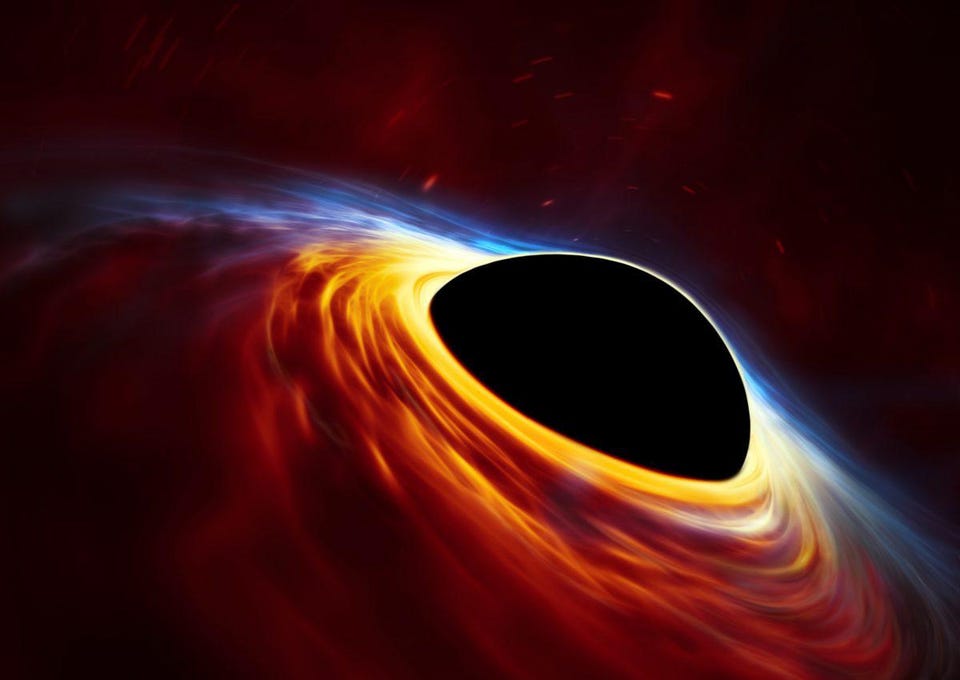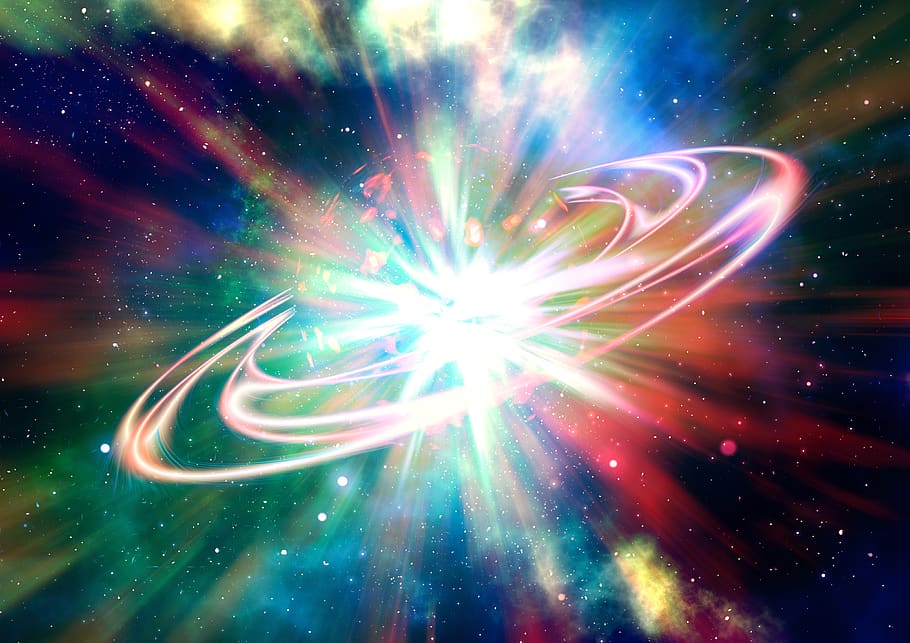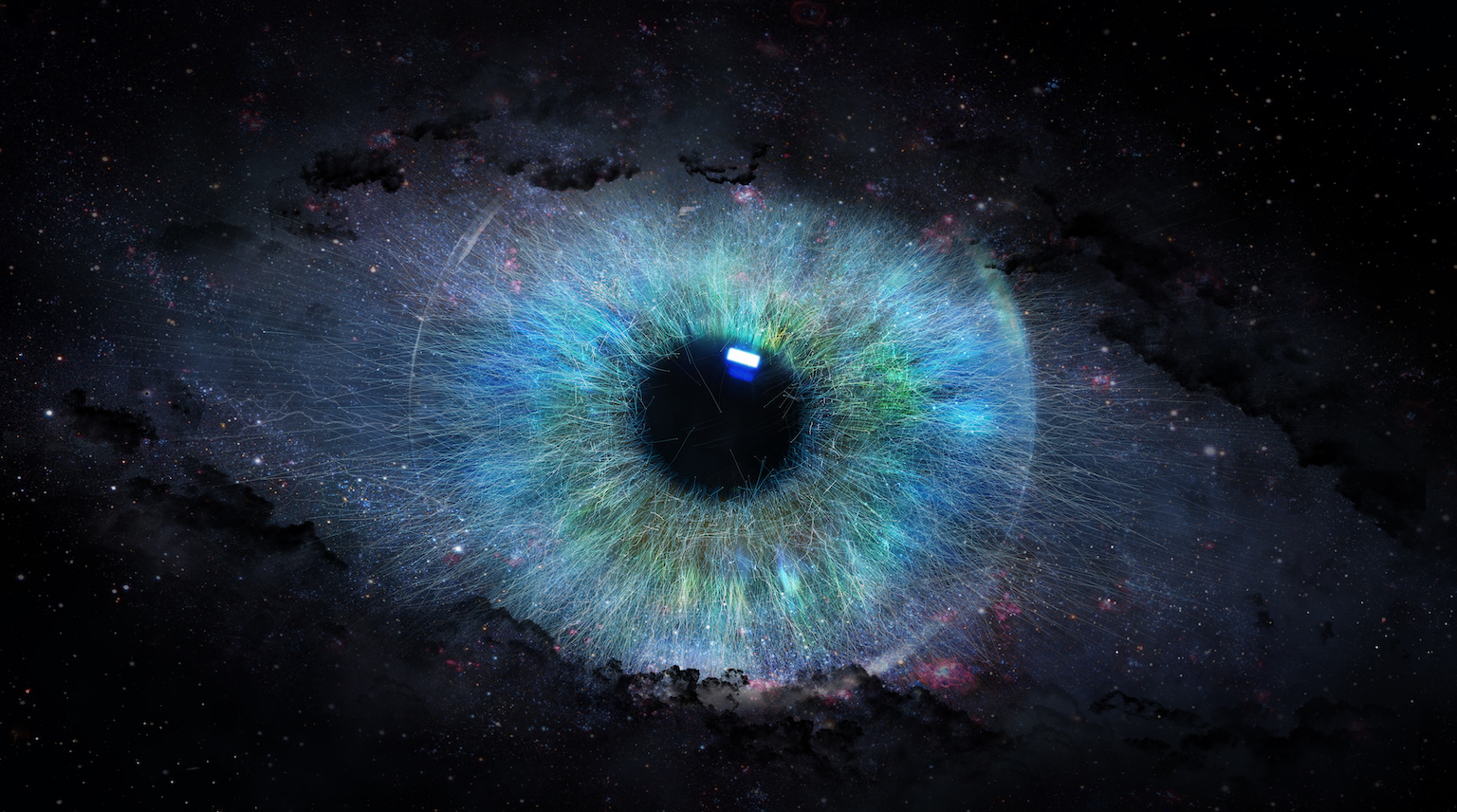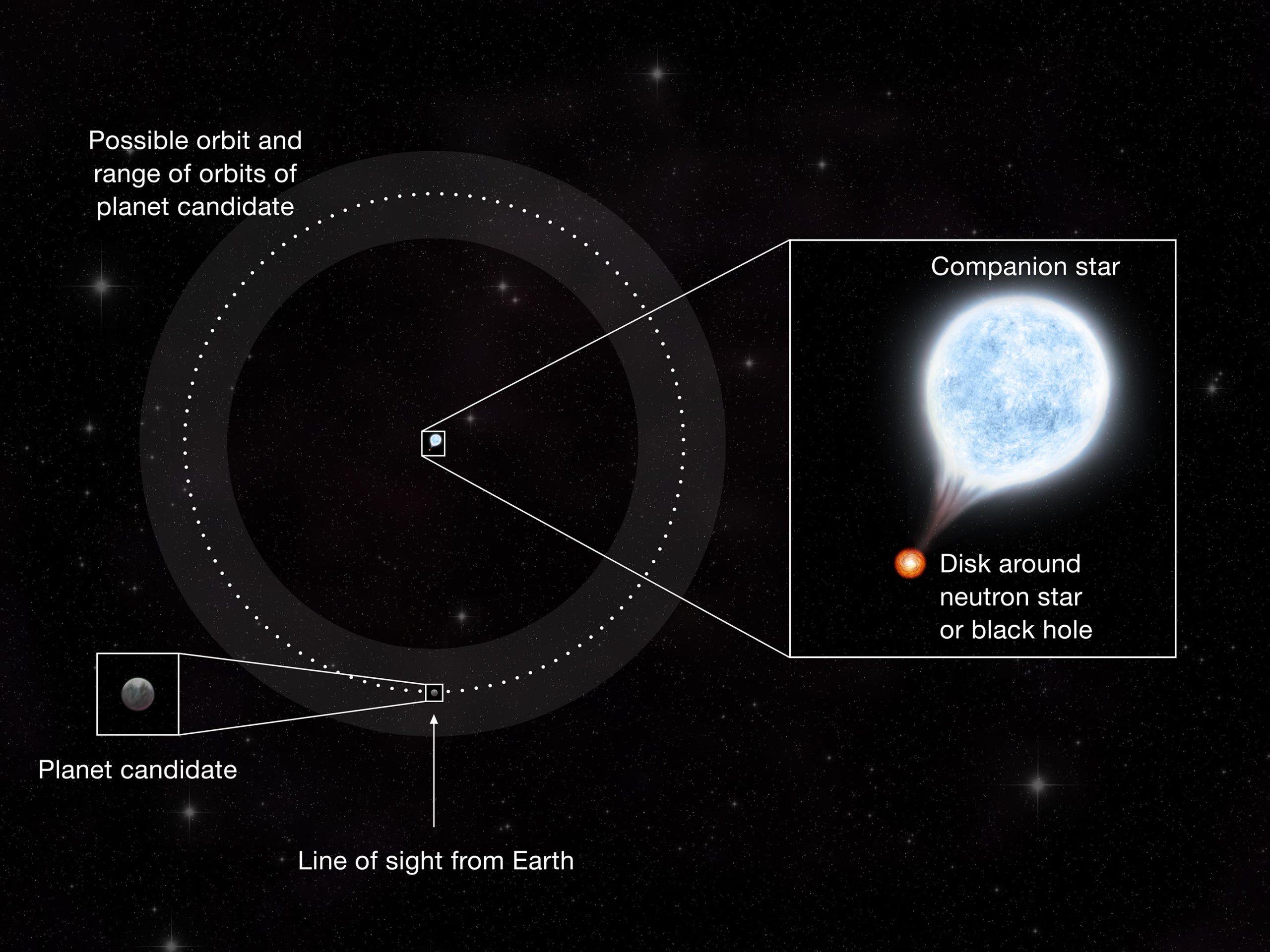
The Universe is out there, waiting for you to discover it.
Our mission: to answer, scientifically, the biggest questions of all.
- What is our Universe made of?
- How did it become the way it is today?
- Where did everything come from?
- What is the ultimate fate of the cosmos?
For countless generations, these were questions without resolutions. Now, for the first time in history, we have scientific answers. Starts With A Bang, written by Dr. Ethan Siegel, brings these stories — of what we know and how we know it — directly to you.
Get Starts With A Bang in your inbox
Featured
Why power generated through nuclear fusion will be the future, but not the present, solution to humanity’s energy needs.
It’s a strange idea to consider: that a tiny building block of matter, the atomic nucleus, holds the greatest potential for energy release.
And yet, it’s true; while electron transitions in atoms or molecules typically release energy on the order of ~1 electron-Volt, nuclear transitions between different configurations release energies a million times as great, on the order of ~1 Mega-electron-Volt.
Popular
From before the Big Bang to the present day, the Universe goes through many eras. Dark energy heralds the final one.
A wild, compelling idea without a direct, practical test, the Multiverse is highly controversial. But its supporting pillars sure are stable.
The surface and atmosphere is colored by ferric oxides. Beneath a very thin layer, mere millimeters deep in places, it’s not red anymore.
The first supernova ever discovered through its X-rays has an enormously powerful engine at its core. It’s unlike anything ever seen.
Just 13.8 billion years after the hot Big Bang, we can see 46.1 billion light-years away in all directions. Doesn’t that violate…something?
All Stories
A few years ago, the first dark matter-free galaxies were announced, and then immediately disputed. Now, there are too many to ignore.
The same (former) NASA engineer who previously claimed to violate Newton’s laws is now claiming to have made a warp bubble. He didn’t.
Every December, the Geminid meteor shower reaches its peak. Its 2021 show will be spectacular, but only if you do it right.
Even without the greatest individual scientist of all, every one of his great scientific advances would still have occurred. Eventually.
Binary black holes eventually inspiral and merge. That’s why the OJ 287 system is destined for the most energetic event in history.
Our Solar System’s outer reaches, and what’s in them, was predicted long before the first Oort Cloud object was ever discovered.
From high school through the professional ranks, physicists never tire of Newton’s second law.
As particles travel through the Universe, there’s a speed limit to how fast they’re allowed to go. No, not the speed of light: below it.
Previously, only the brightest and most active galaxies could pierce the obscuring wall of cosmic dust. At last, normal galaxies break through.
No matter how controversial or politicized our world becomes, science remains humanity’s best tool for figuring out how things work.
The stars, planets, and many moons are extremely round. Why don’t they take other shapes?
Just 13.8 billion years after the hot Big Bang, we can see 46.1 billion light-years away in all directions. Doesn’t that violate…something?
Finding out we’re not alone in the Universe would fundamentally change everything. Here’s how we could do it.
The majority of the matter in our Universe isn’t made of any of the particles in the Standard Model. Could the axion save the day?
The most unique interloper into our Solar System has a natural explanation that fits perfectly — no aliens required.
We once thought the Moon was completely airless, but it turns out it has an atmosphere, after all. Even wilder: It has a tail of its own.
Many still cling to the idea that we live in a deterministic Universe, despite the nature of quantum physics. Now, the “least spooky” interpretation no longer works.
We haven’t seen a partial eclipse lasting this long since 1440, and won’t again until 2669. North America is perfectly positioned for 2021’s.
Although most of the Universe’s mass is dark matter, which gravitates just as well as normal matter, it still can’t make black holes.
The latest gravitational wave data from LIGO and Virgo finally shows us the truth: there are no “gaps” in the masses of black holes.
Based on the atoms that they’re made out of, the innermost planet should always be the densest. Here’s why Earth beats Mercury, hands down.
It had long seemed impossible that supermassive black holes could grow to such enormous sizes. But the biggest problem is now solved.
There are over 100 known elements in the periodic table. These 8 ways of making them account for every one.
Big dreams and big telescopes are back at last, but everything depends on sufficiently funding NASA, the NSF, and the DOE.
There’s a big difference between the notions of ‘false vacuum’ and ‘true vacuum’ states. Here’s why we don’t want to live in the former.
The Kalam cosmological argument asserts that everything that exists has a cause, and what caused the Universe? It’s got to be God.
In 2006, Pluto was demoted in a very controversial decision. Unless you ignore nearly all of planetary science, it’ll never be one again.
Our Sun will continue to grow, becoming a red giant and then a planetary nebula. Here’s how large it will get.
Quantum physics isn’t quite magic, but it requires an entirely novel set of rules to make sense of the quantum universe.
Named M51-ULS-1b, it’s certainly a curious astronomical event. But the evidence is far too weak to conclude “planet.”




